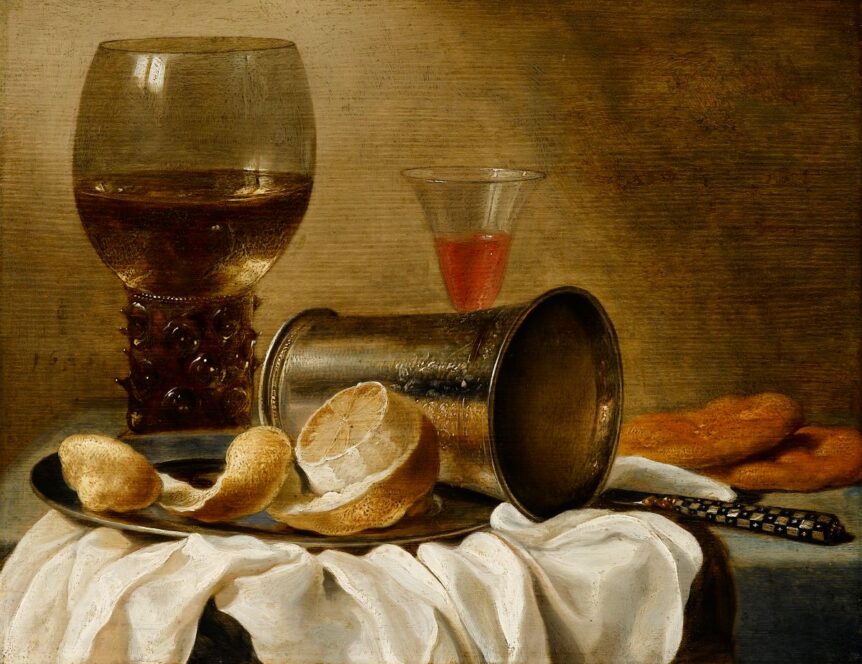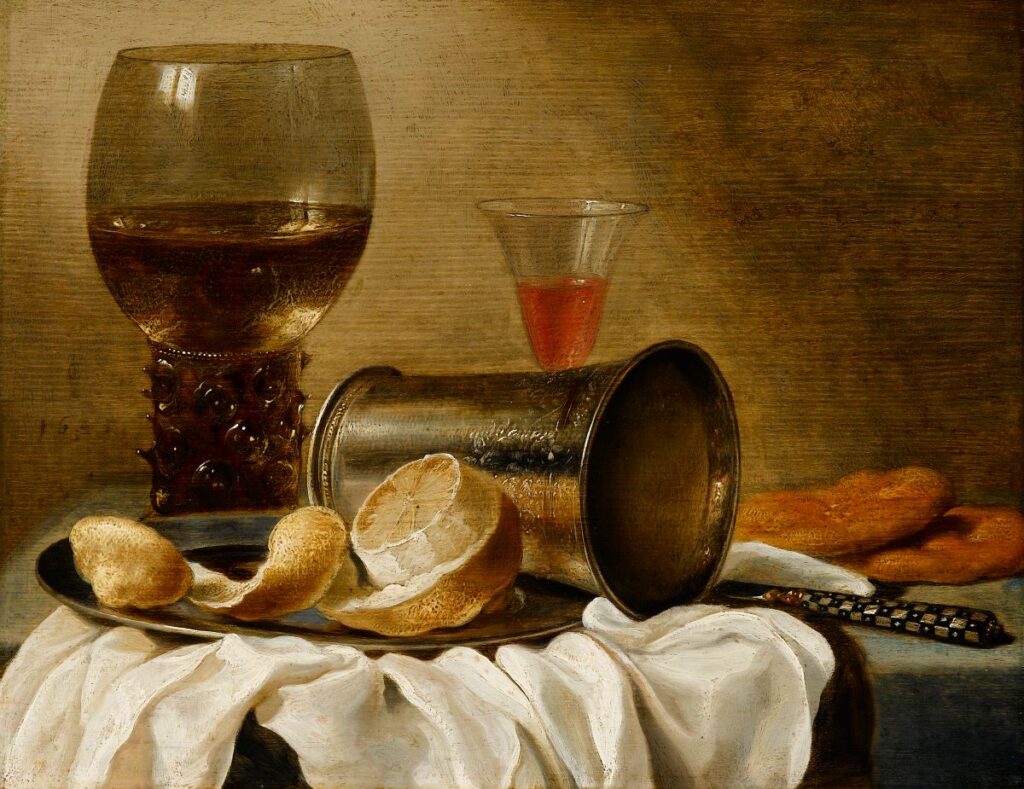
Life is so brief that we should not glance too far backwards or forward,” wrote Alexandre Balthazar Laurent Grimod de la Reynière (1758–1837), but rather “know how to find happiness in our glass and on our plate.”1 Arguably the first food critic, whose serial Almanach des gourmands presented his often humorous take on the restaurants and provisioners of Paris, Grimod de la Reynière displayed a taste for roguery from time to time (he once seated a live pig at a banquet, and, while still breathing, Grimod sent out invitations to his own funeral dinner), but truly reveled in the pleasure of the palate and the sociability of the table.
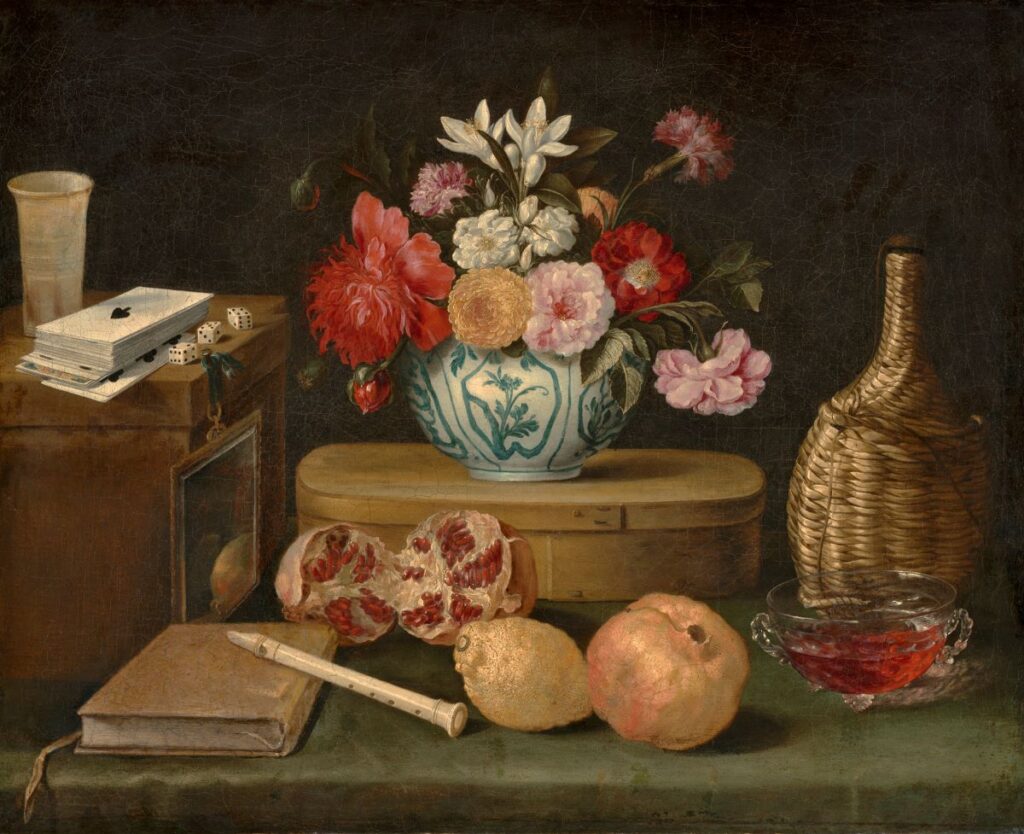
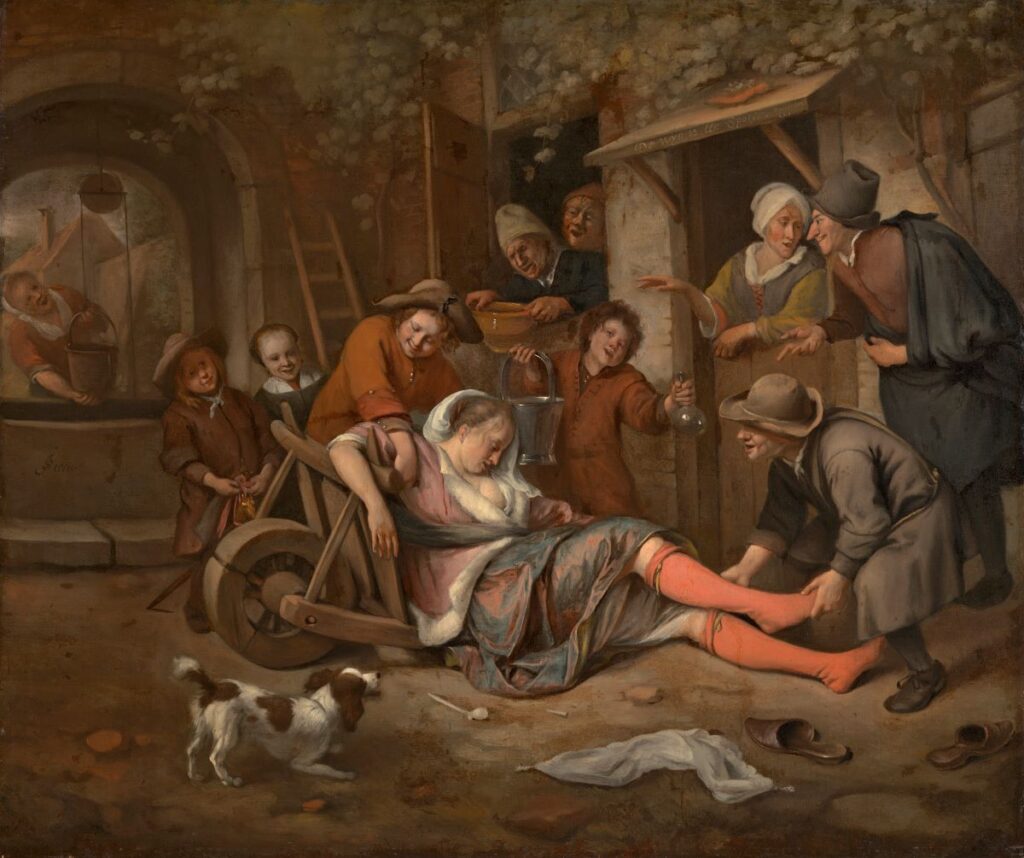
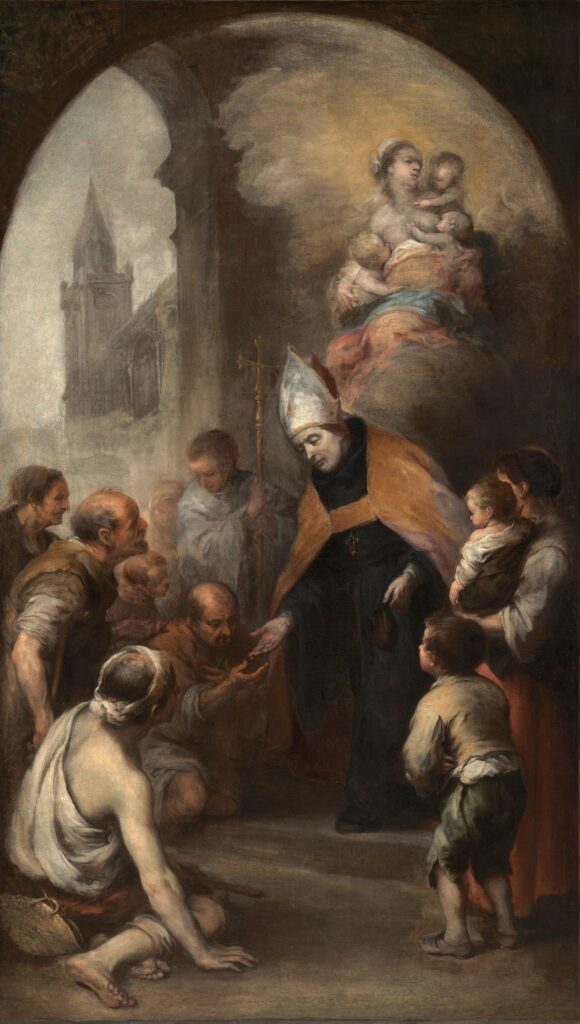
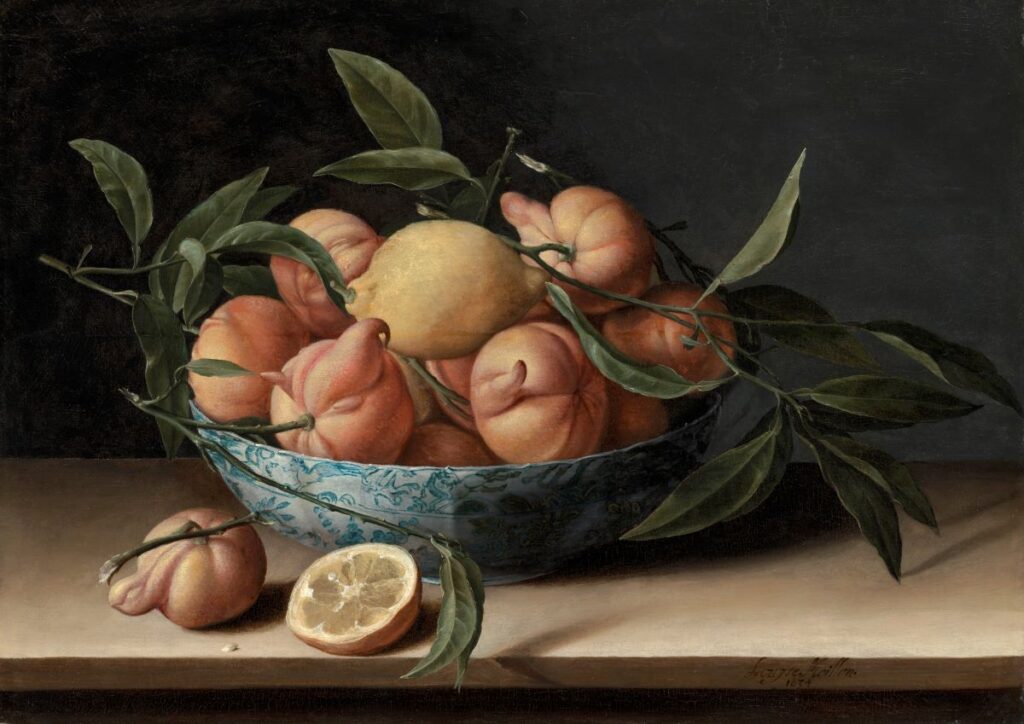
For the gourmand and the merely hungry alike, looking at images of food is the next best thing to sitting down to a good meal. A gifted food writer, of course, can capture the delight of shopping in a well-stocked market, the satisfaction of putting a dish together, and the thrill that of that first bite. But as our encounter with food is as much visual as it is a matter of the tongue, depictions of comestibles and their consumption offer a more immediate and senses-alerting experience. Although representations of food have generally been deemed poor kin to history painting, landscape, and portraiture, it bears remembering that viands feature significantly in works that are not mouthwatering affairs—paintings as varied as Velázquez’s Christ in the House of Martha and Mary (c. 1618) and The Potato Eaters (1885) by van Gogh. And of course, one need only look at Cézanne to understand that a simple piece of fruit can bear the weight of serious aesthetic discourse.
In its current exhibition, All Consuming: Art and the Essence of Food, the Norton Simon Museum in Pasadena, California draws from its own collection to examine the various ways in which food figures in European art from 1500 to 1900. “I wanted to tell a big story with this show, one that spanned the strengths of the Simon’s historical European collections, and resonated with social concerns today,” says its organizer, assistant curator Maggie Bell. “Food emerged as an overarching theme. As I began to delve into this topic, it became clear that visual art has long played a central role in shaping human relationships with food in both expected and less obvious ways. Such relationships are grounded in social concerns including food insecurity, the morality of consumption, and food production.”
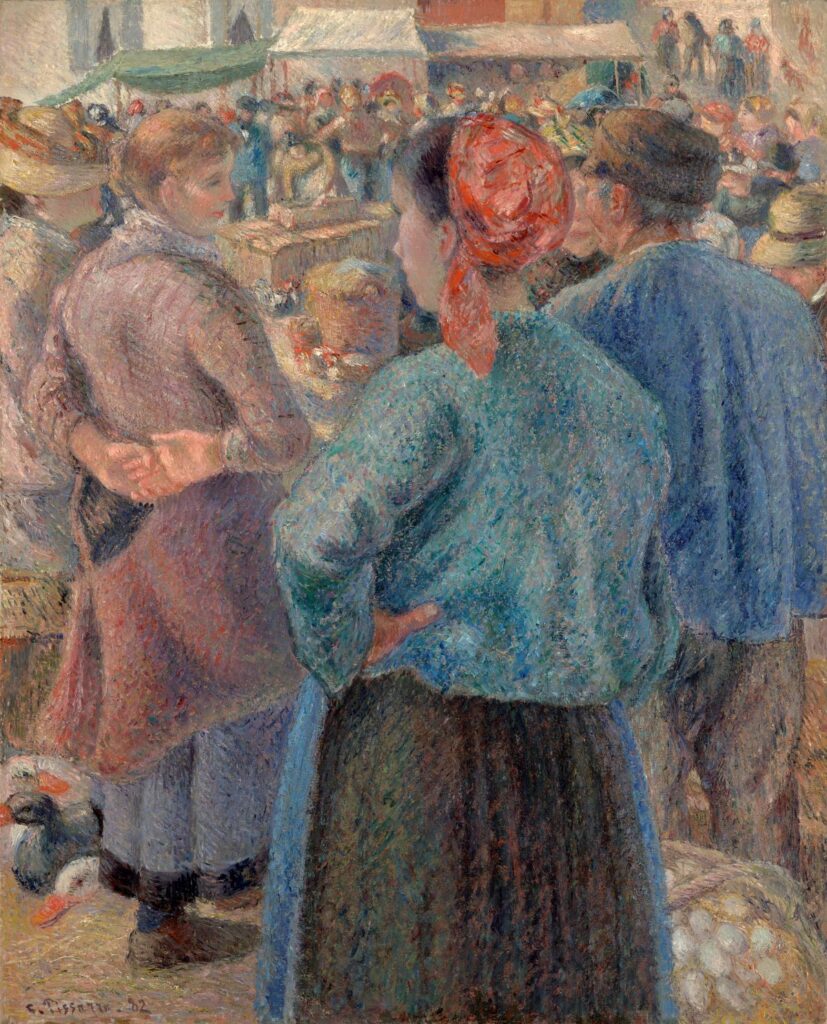
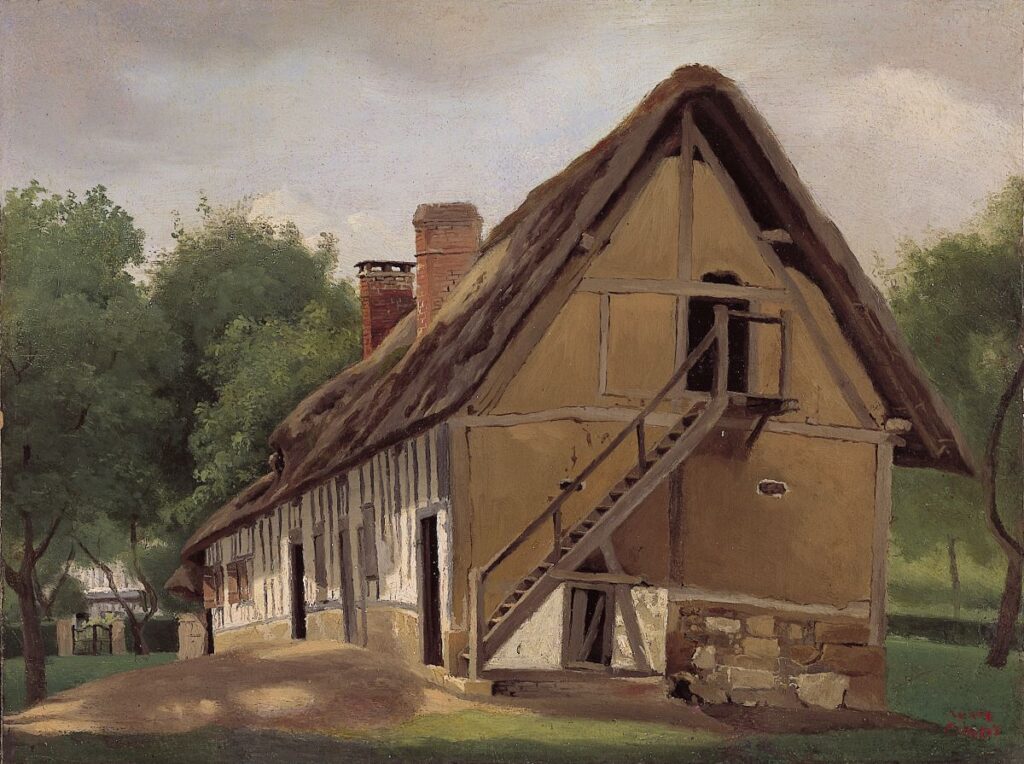
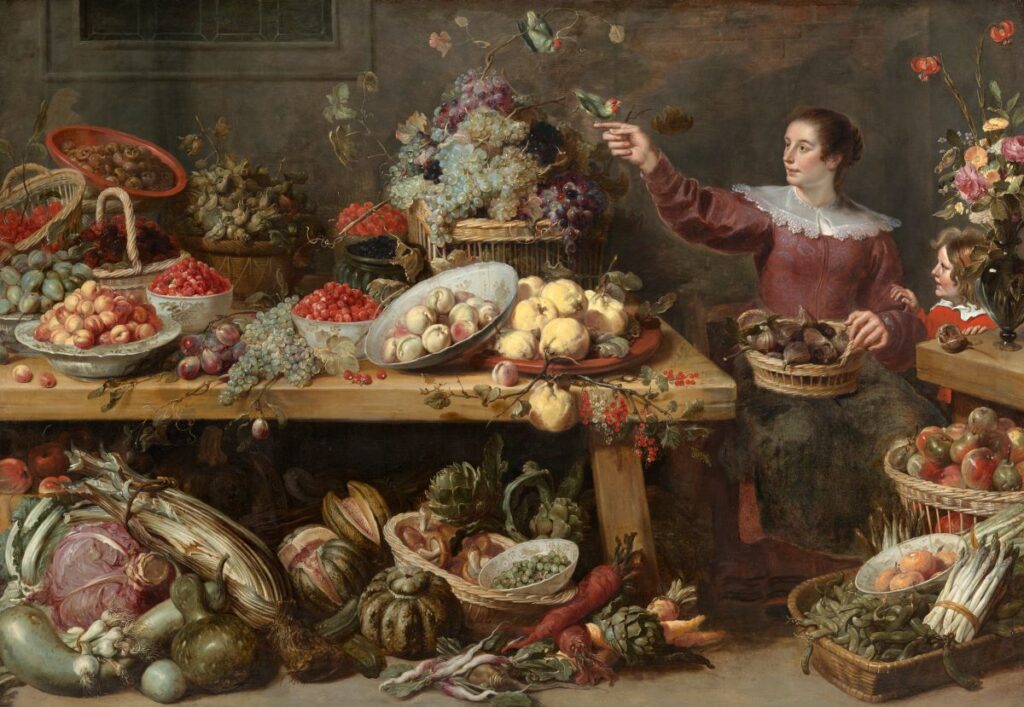
The exhibition is arranged thematically in sections labeled “Hunger,” “Excess,” and “Sustenance.” While the show features such nearly voluptuous images as Pieter Claesz’s Still Life with Rummer (Fig. 1), Bell’s determination to cast a wide art-historical net brings in artworks on subjects that, at first reckoning, might appear off-topic. But it is in veering away from the expected menu that the show offers unexpected sustenance. For example, in illustrating her “Hunger” theme, Bell includes etchings from Goya’s Disasters of War series, first published in 1863, which captures the grim realities of the wartime famine of 1811–1812, as well as Bartolomé-Esteban Murillo’s Saint Thomas of Villanueva Giving Alms to the Poor (Fig. 4), with its allegoric, breastfeeding figure of Charity under-scoring the friar’s benevolence. In one, privation stands ugly and violent; in the other, it is nothing that faith can’t assuage.
Still life of the Dutch Republic ricochets between sensuousness and sobriety, mercantile vanity, and civic pride. Bell draws on such works to illustrate both “Excess”—Jacques Linard’s Still Life: The Five Senses with Flowers (Fig. 2), a composition of elements that range from wine and fruit to dice and playing cards—and “Sustenance”—Louise Moillon’s quietly sensuous Still life with Bowl of Bitter Oranges and a Lemon (Fig. 5). More robust and direct in fleshing out the first of these themes is Wine is a Mocker (Fig. 3), in which Jan Steen (who often produced scenes of chaotic revelry) depicts an inebriated woman being loaded into a wheelbarrow like a sack of potatoes.
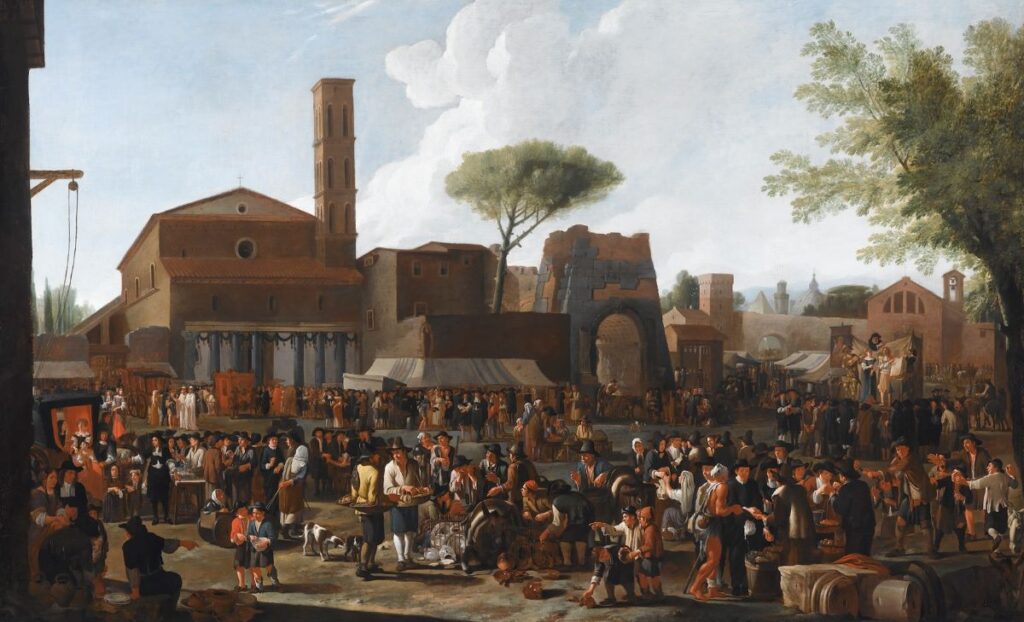
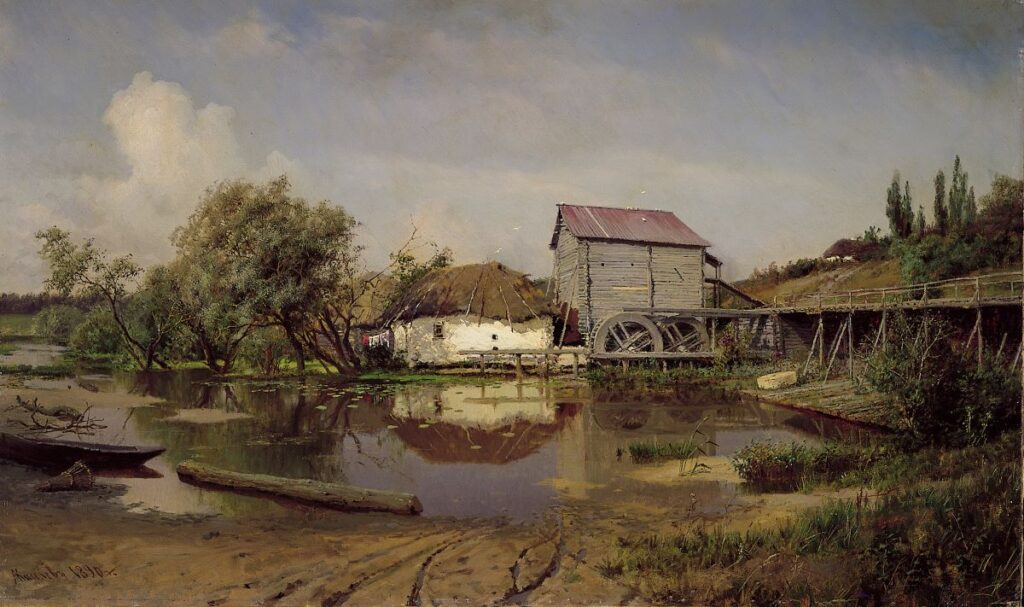
Subtle considerations undergird Bell’s choice of artworks illustrating the latter theme. Frans Snyders’s Still Life with Fruit and Vegetables (Fig. 7), for example, presents an overwhelming panoply of foodstuffs, in contrast to the comparative restraint of most still lifes. The painting is a fantasy, inasmuch as it brings together the produce of different seasons, but the abundance reads as nourishing and healthful and, thanks to the presence of a young woman holding lovebirds, offers a respectful suggestion of fruitfulness. Speaking of the work, Bell goes deeper to ponder the toil that the image implies. “I find this painting fascinating because it invites interesting questions about agricultural labor, which is not directly represented,” she says. “Snyders produced these larder scenes for wealthy urban patrons who idealized country living, land ownership, and the concept of the ‘unbought meal,’ meaning the ability to sustain oneself with produce grown from a personal garden or plot of farmland. In reality, these collectors rarely did such work, instead buying their produce at local markets. Fast-forward to late nineteenth-century France. Camille Pissarro’s The Poultry Market at Pontoise offers a different approach to food-related labor (Fig. 6). Pissarro critiqued capitalist farming practices, and like his other left-leaning contemporaries, became increasingly interested in the lived experiences of agricultural workers. Here, the people in the marketplace take visual precedence over their wares. Pissarro’s artistic investigations of rural life led critics to refer to him as the ‘cabbage painter’—either to dismiss him as a painter of low-life subjects or to commend the ‘freshness’ of his paintings, which some of his supporters even described as beneficial to one’s health through visual consumption.”
Bell references labor less obliquely by including paintings in which food is entirely absent: Jean-Baptiste Camille Corot’s Farm Building at Bois-Guillaume, near Rouen (Fig. 8) and The Mill (Fig. 10) by Alexander Alexandrovich Kiselev. On the other hand, Peasants Outside a Farmhouse Butchering Pork (Fig. 12), an oil-on-panel by Isack van Ostade, makes clear the muscular effort involved in slaughtering a pig. The diffuse light of the canvas gives way to a glowing corona in which a man in a blue tunic—the brightest spot in the painting—wields an axe over his head as he prepares to strike the strung-up carcass.
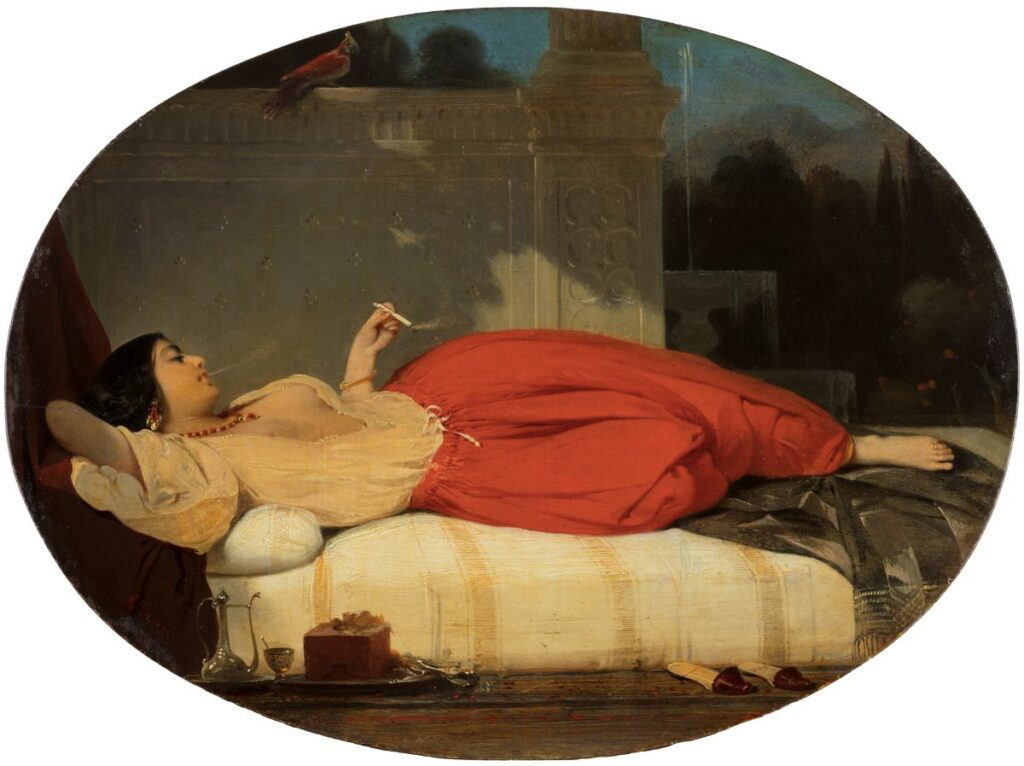
Although often embedded with symbolism or social commentary, food-adorned paintings that show individuals engaged in social intercourse of one sort or another vibrate with an energy that unpeopled works can only suggest. While perhaps nothing in this exhibition matches the spirited throng of eaters in Pieter Bruegel the elder’s famed Peasant Wedding (1568) in Vienna’s Kunsthistorisches Museum, Willem Reuter’s A Roman Market (Fig. 9) vividly captures the diverse characters in the bustling crowd at an open-air bazaar.
Food was a standard symbol of fecundity, especially (and obviously) when paired with the female form. Whether demure or sensual, woman was consumable. The rococo portrait Young Girl Holding a Basket of Fruit by François-Hubert Drouais combines purity with allure (Fig. 13). The presumption of the female body as a territory to be taken is compounded in Achille Devéria’s Odalisque (Fig. 11). Although the supine figure manifests a certain self-possession—her self-satisfied indolence, the stream of tobacco smoke that issues from her lips—the woman’s bare breast and full hips (the latter magnified by the twist of her torso and the brilliant hue of her pajama pants) identify her as a sexual object. Although no suggestive fig or apple is seen, the cigarette and coffee—indulgent luxuries—operate with equal significance as more contemporary symbols of sensory delight.
It is no wonder that depictions of what we eat have occupied an uncertain place in art’s visual hierarchy. If not illustrating true hunger or utterly meager repasts, artists usually pulled out all the stops when painting food. Delectation can overwhelm any other aspect of the image. Even when victuals play a supporting role, as they do in many genre pictures, the hungry eye appreciates the well-executed crust of bread and hunk of cheese. A groaning board may signify gluttony, but that sinful temptation is also beautiful. Can intimations of alimentation ever embody the noble, the profound, the good? Perhaps not, in a strictly moral sense. But when Degas compared a pear by Manet to the Jupiter and Thetis of Ingres, he remarked, “a pear like that would overthrow any god.”2
All Consuming: Art and the Essence of Food is on view at the Norton Simon Museum to August 14.
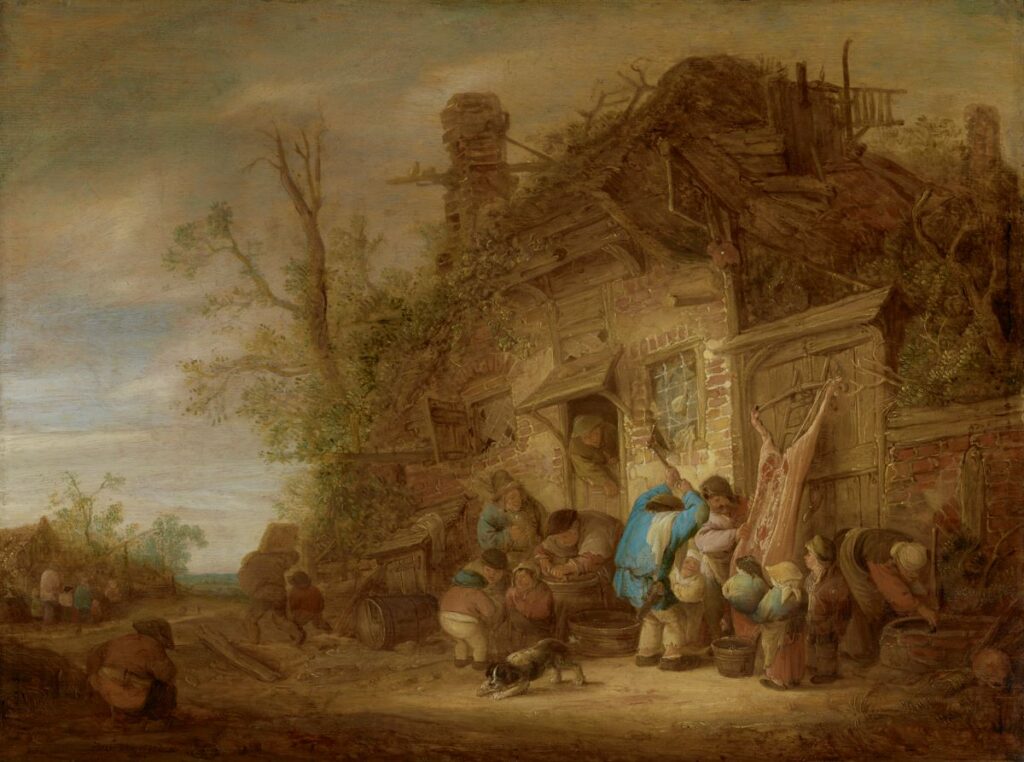
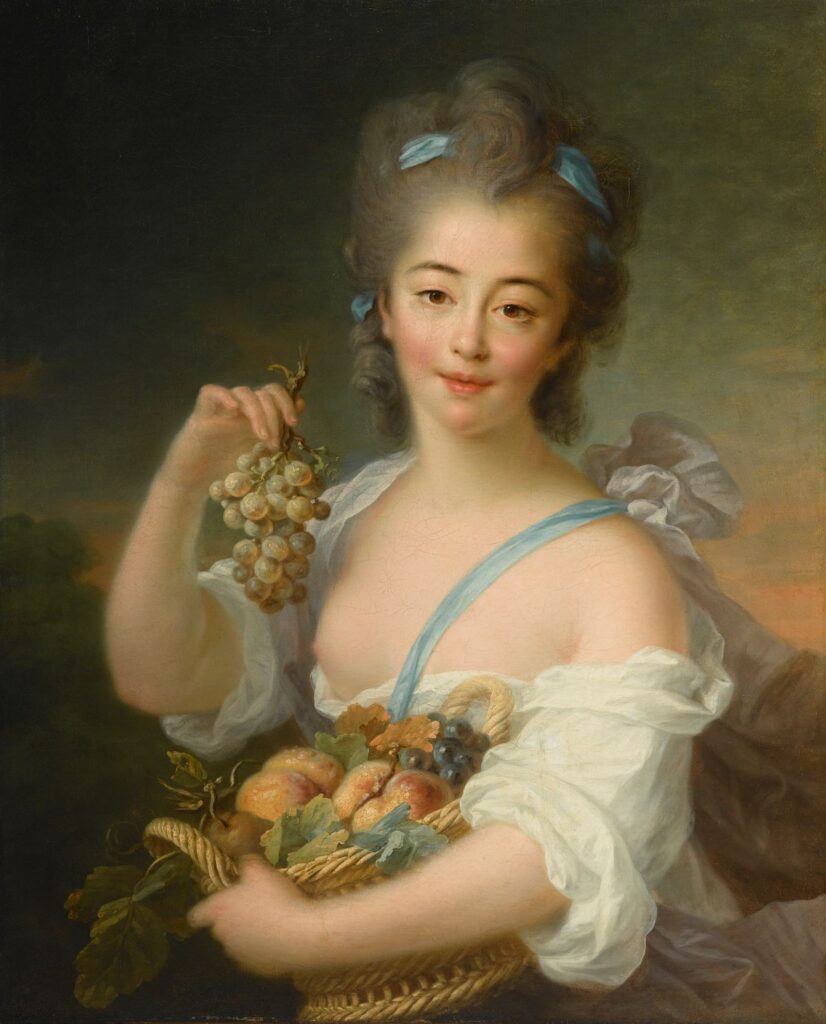
1 [Alexandre Balthazar Laurent Grimod de la Reynière], Almanach des Gourmands, vol. 2 (1805), p. 185, translated from the French. 2 Quoted in Sue Roe, The Private Lives of the Impressionists (New York: Harper, 2007), p. 117.
THOMAS CONNORS is a Chicago-based arts writer.

